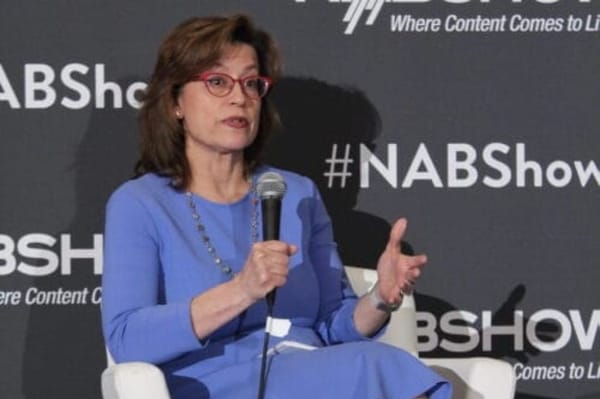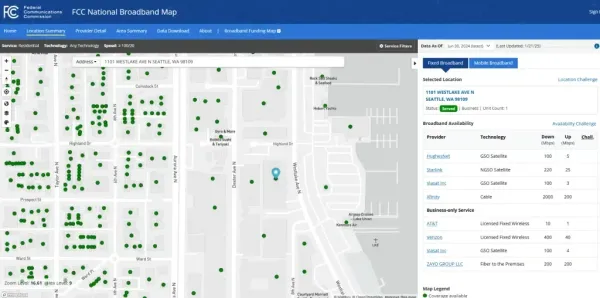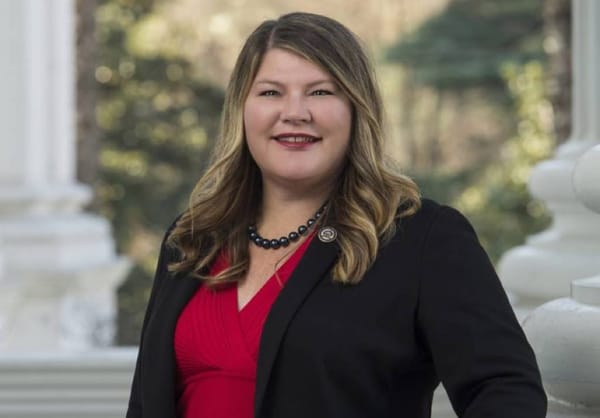Exclusive Series: Municipal Broadband and Open Access
More than a third of the 700 communities served by municipal broadband do so with an open access network.
Jericho Casper

Editor's note: This is the second of a four-part series on open access networks in the lead-up to Digital Infrastructure Investment on Thursday, September 19: 'All-in' on Open Access.
WASHINGTON, September 16, 2024 – In the United States, before there were extensive broadband open access networks, there were simply municipal broadband networks. As the number of municipal networks has exploded, open access networks are a big share of that growth.
A map released Thursday by the Institute for Local Self-Reliance identified 269 communities served by “63 unique municipally-owned open access networks operating across the United States,” Ry Marcattilio-McCracken, associate director for research at ILSR, told Broadband Breakfast on Friday. “Of those, 47 communities are covered citywide.”
Overall, according to the report, a total of 700 communities are now served by more than 400 networks, up from 130 networks covering a similar number of communities in 2011.
And more than a third of those municipal broadband communities offer open access networks to their citizens.
Between 2001 and 2008, an average of six new municipal networks came online per year. Contrast that with the last 10 years, which has seen that average jump to 15 new networks per year – even when accounting for the initial slowdown in pace of deployment caused by the Covid-19 pandemic.
The Covid-19 pandemic caused a rethink by municipalities
Of the 63 municipal open access networks, 18 have been spurred on by federal Covid-19 relief funding from the American Rescue Plan Act and its Capital Projects Fund, which allocated federal resources for communities to invest in their broadband infrastructure.
Exclusive Broadband Breakfast Series on Open Access Networks:
Part 1: Overseas Strength in Open Access
Part 2: Municipal Broadband and Open Access
Part 3: AT&T, T-Mobile Bet Big on Open Access
Part 4: Big Money Moves Forward with Open Access








